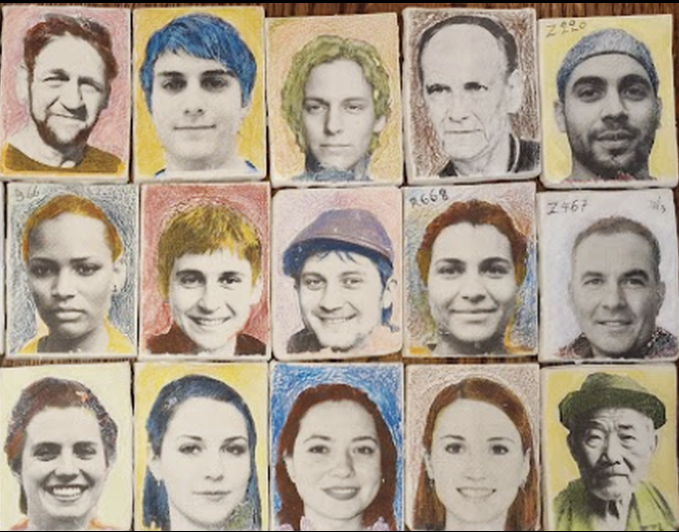+++-- * Biased dataset
In a society where AI plays a more prominent role, it is important
that the data, on which the system relies, are Relevant and Universal
Shedding light on AI bias with real world examples
Book -- Joy Buolamwini - Unmasking AI: Mission to Protect What is Human in a World of Machines
Law professor explores Racial Bias implications facial Recognition technology
Explanation ChatGPT 4 ( March 2024 )
Biased datasets can significantly affect the outcomes of machine learning models and AI systems, leading to unfair, inaccurate, or discriminatory results. Here are some well-documented examples of biased datasets and their effects:
1. **Facial Recognition Technologies**: Many facial recognition systems have been trained on datasets predominantly consisting of images of white individuals. This has led to higher error rates in identifying individuals of other races. For example, a study by Joy Buolamwini and Timnit Gebru (2018) found that commercial facial-analysis systems had higher error rates in classifying the gender of darker-skinned and female individuals compared to lighter-skinned and male individuals. This kind of bias can lead to discriminatory practices and unfair treatment in various applications like surveillance, hiring, and law enforcement.
2. **Recruitment Tools**: Some AI-driven recruitment tools have been found to inherit biases from their training data, which often reflects historical hiring biases. For instance, an AI system might be trained on resumes of successful candidates from a company's past hiring processes. If those processes were biased towards selecting a certain demographic (e.g., men over women in tech roles), the AI would learn to replicate these biases, potentially filtering out qualified candidates from underrepresented groups.
3. **Healthcare Algorithms**: Biased datasets in healthcare can lead to unequal treatment and diagnosis accuracy among different patient groups. A notable example is an algorithm used by many U.S. hospitals to prioritize patients for high-risk care management programs, which was found to be biased against black patients. The algorithm used healthcare costs as a proxy for health needs, but because black patients, on average, incurred lower healthcare costs due to various systemic factors, the algorithm falsely concluded they were healthier than they were. This led to black patients being less likely to be referred to care programs compared to white patients with similar health conditions.
4. **Credit Scoring and Financial Services**: Algorithms used for determining credit scores or eligibility for loans can be biased if they are trained on historical data reflecting past discriminatory lending practices or socioeconomic disparities. This can result in individuals from certain racial or ethnic groups, or those from specific geographic areas, being unfairly denied credit or charged higher interest rates, perpetuating economic inequalities.
5. **Sentiment Analysis and Natural Language Processing (NLP)**: NLP algorithms can exhibit biases based on the datasets they are trained on, which often contain gender, racial, or ideological biases present in the source material. For example, sentiment analysis tools might associate negative sentiments more frequently with mentions of certain genders, races, or religions due to biased training data, affecting applications ranging from social media monitoring to customer service.
These examples illustrate the critical importance of ensuring datasets are diverse, representative, and free of biases. Addressing dataset bias involves multiple strategies, including careful dataset curation, employing techniques to identify and mitigate bias in data, and continuous monitoring and updating of AI systems to correct for biases that become evident over time.

